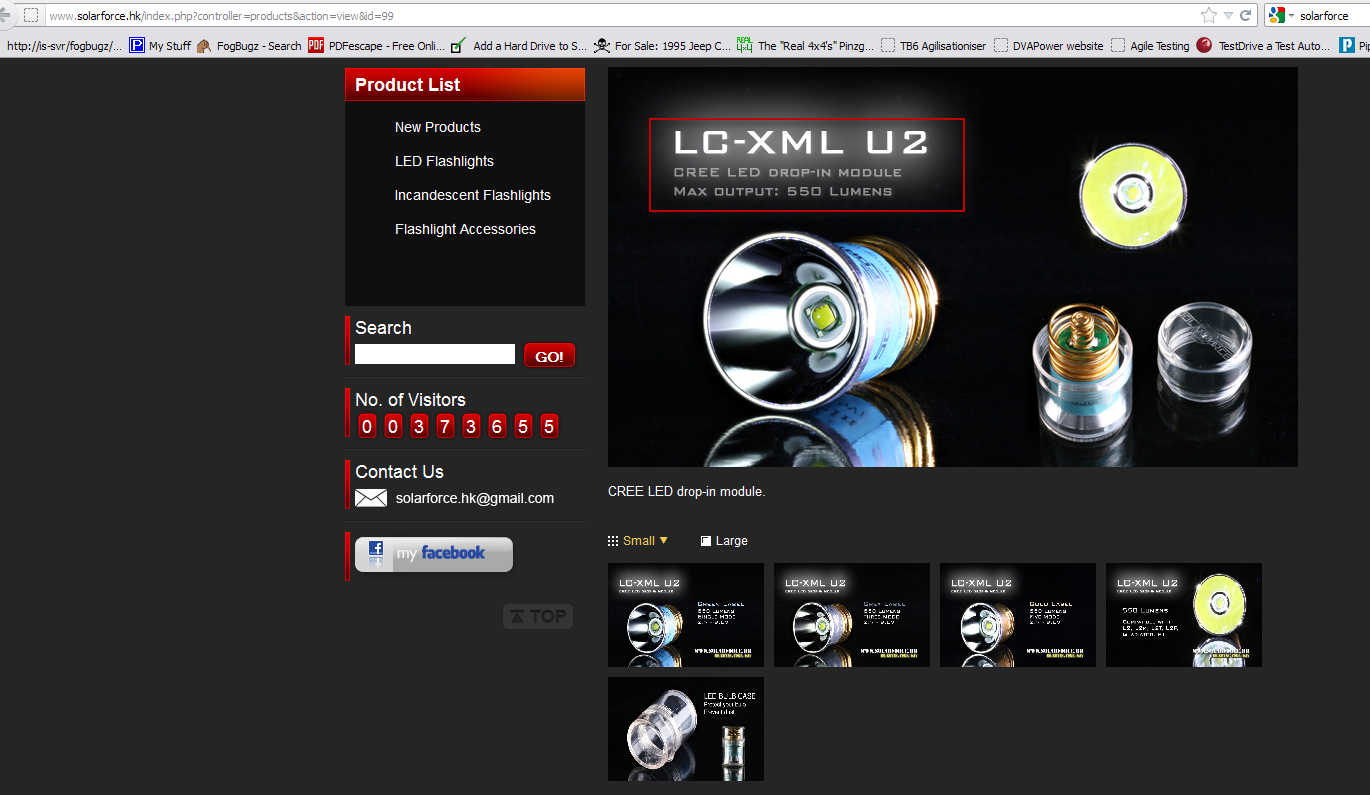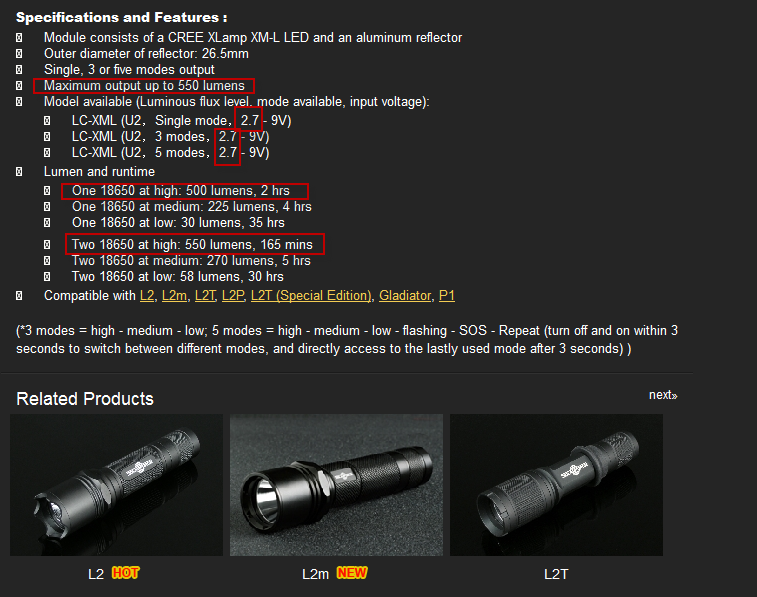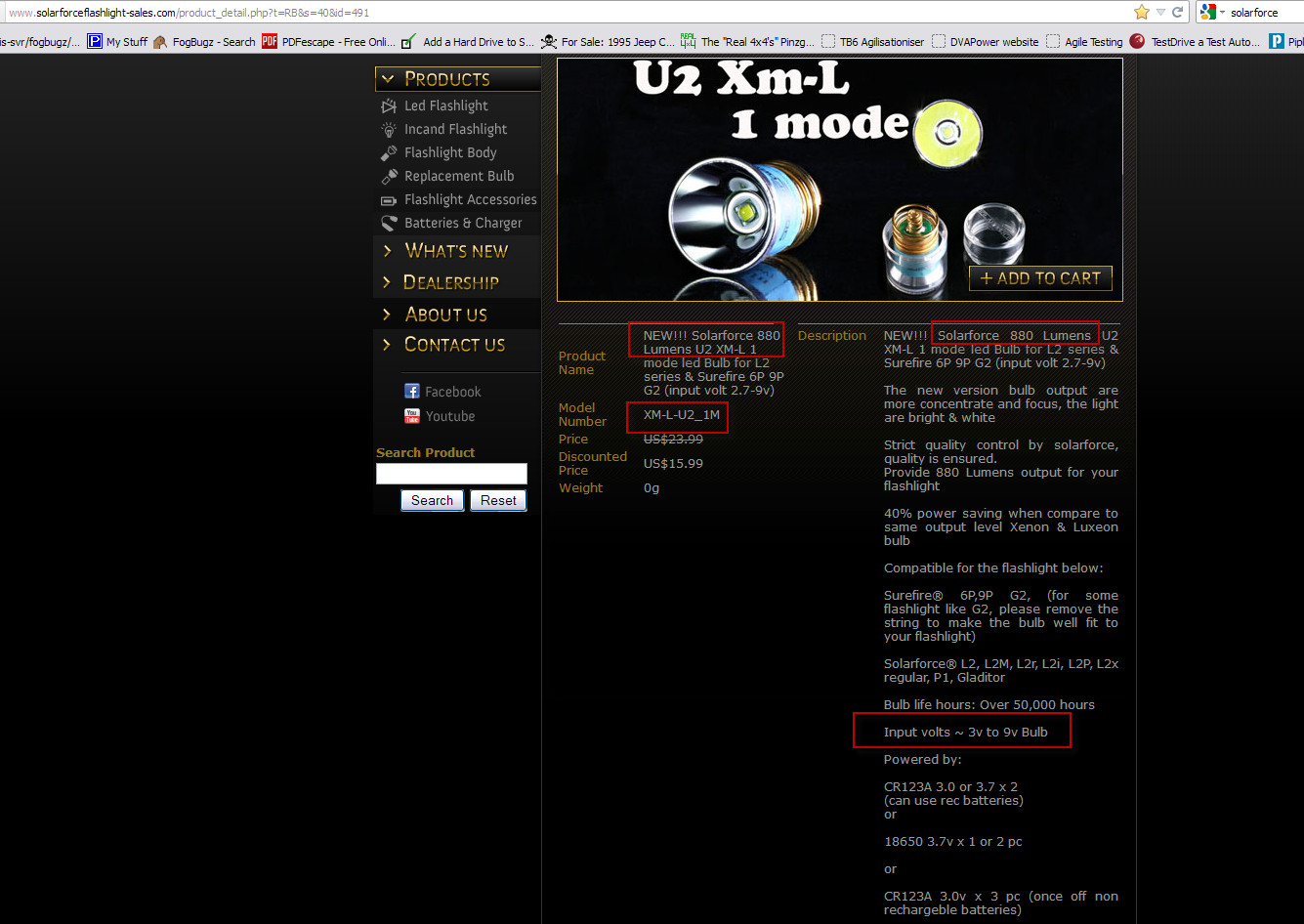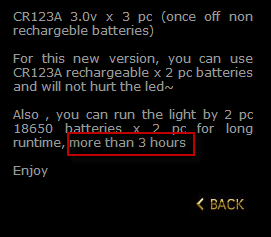Being new to the online flashlight community this is something that appears rather apparent.
I’ve seen many examples of this, e.g.
-Multiple li-ion cells. Today I’ve had a PM telling me “running 2 batteries back to back is the most dangerously dumb thing you can do”. This is highly confusing and contradictory to the vast majority of flashlights on sale which are sold with the intention of doing this. Pretty much every flahslight maker sells a multiple li-ion battery flashlight.
So what gives?
BTW - thanks to the person who PM’d me. This isn’t a dig at you, just using your example ![]()
-p60 drop ins. In one thread I was told that running a single 18650 will suffer too much sag and not offer up the performance. Yet on the flip side people also say don’t run multiple cells and why bother with a 2xbattery p60??
I find this highly confusing and disorientating - what are you meant to do?
-p60s in general. Some will say they are the best, others seem to hate them.
-budget brands. On BLF it’s evident there is a big following of budget lights, yet some other forums seem to shun them without fail.
-Outrageous lumen claims.
-Ratings and standards. ANSI FL1 seems like a brilliant idea, why do so few flashlight makers actually use it, especially with regards to things like Beam Distance and lux ratings?
-Throw. This is one that interests me, I like throwy lights. But surely there is some middle ground between a laser like beam and flood light? Yet this seems amazingly difficult to find and talk about, mostly seems one extreme or the other.
Overall these are just observations and I’m genuinely enjoying places like BLF and CPF and my flashlight addition! ![]()
But it’s no wonder people new to flashlights get so confused and end up asking the same questions again and again and again. There are too many “right” answers that actually end up only seeming to be opinion :quest: :~



